#1620-1624
#1620 - Musgraveia sulciventris - Bronze Orange Bug
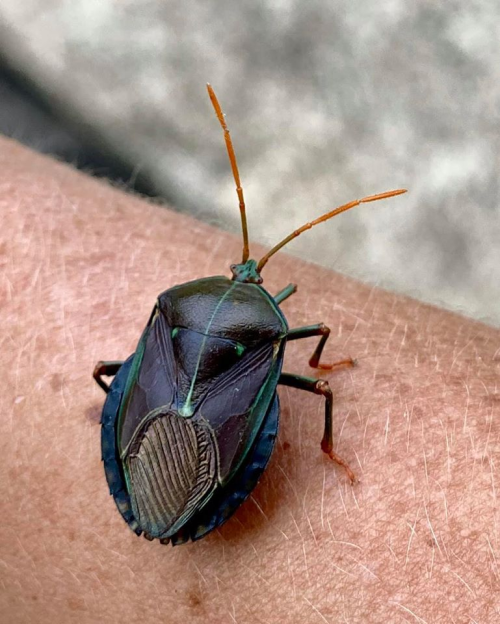
Photo by Kerri Faull.
I’m a bit surprised that I haven’t covered these guys, or apparently anything from their entire family, before. They’re quite a common backyard pest of citrus in Eastern Australia, and the Tessaratomidae are large and often colourful bugs (although the heads are disproportionately small).
One lemon tree can be carrying hundreds, if you don’t go out and pluck them off by hand. Gloves and probably a face mask are a must - they defend themselves by spraying alkanes, cimicine and aldehydes.
Bronze Orange Bugs grow up to an inch long, but start of as translucent, very flat green nymphs, and grow to be bright orange nymphs. The common name, however, refers to the colour of the adult, and their frequent diet.
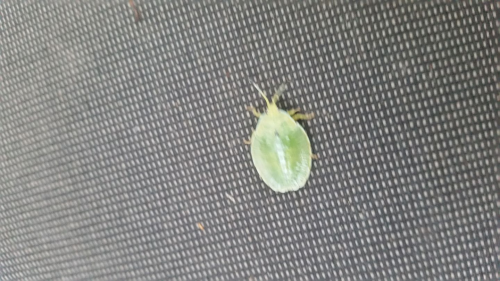
Photo by William John, with the note “Can you smell a stinkbug? I asked the wife. Brushed my hair and this stinky little guy drops onto the floor. Serves me right for pinching some lemons off the neighbours tree.”
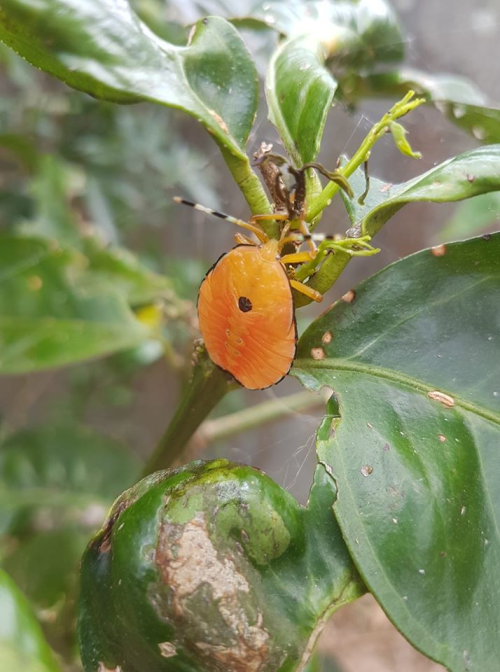
Photo by Pat Stewart.
#1621 - Danaus petilia - Australian Lesser Wanderer

Photo by Carly Waller, in the Hunter Valley, New South Wales.
Another of Australia’s Danaus sp. - It’s a little surprising that the Monarch D. plexippus managed to get established over here when we already had the other species ready to chow down on the same milkweed hostplants.
The Australian Lesser Wanderer used to be considered a subspecies of the D. chrysippus or Lesser Wanderer, which is found across much of the tropics and has at least one breeding population in Australia, but our species is found across the entire country, as well as in New Guinea and the Solomon Islands.
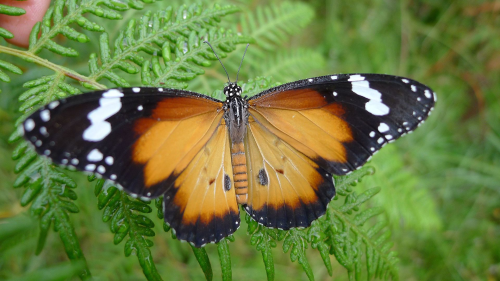
Photo by John Tann
#1622 - Aulocophora sp. - Pumpkin Beetle
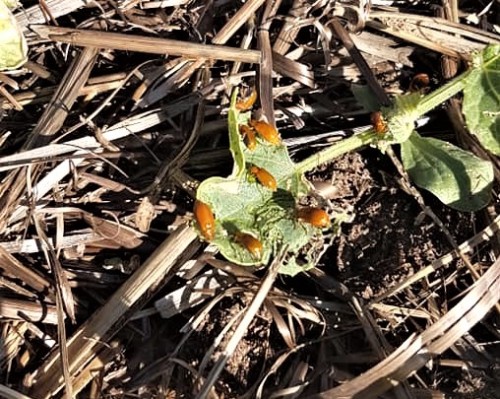
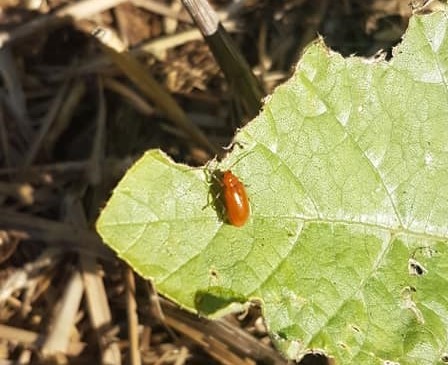
Photos by Michelle Knight, in Blackall, Queensland. She wanted to know what was devouring her pumpkins.
Aulocophora is a large genus found in Africa, Asia and Australasia, but despite the common name their diet includes melons, gourds, cucumbers, and other curcubits. Adults eat the leaves, and the larvae burrow into the roots, and as you can probably guess they’re a serious pest. Most species are orange and black.
#1623 - Anthela basigera - Western Toothed Anthelid
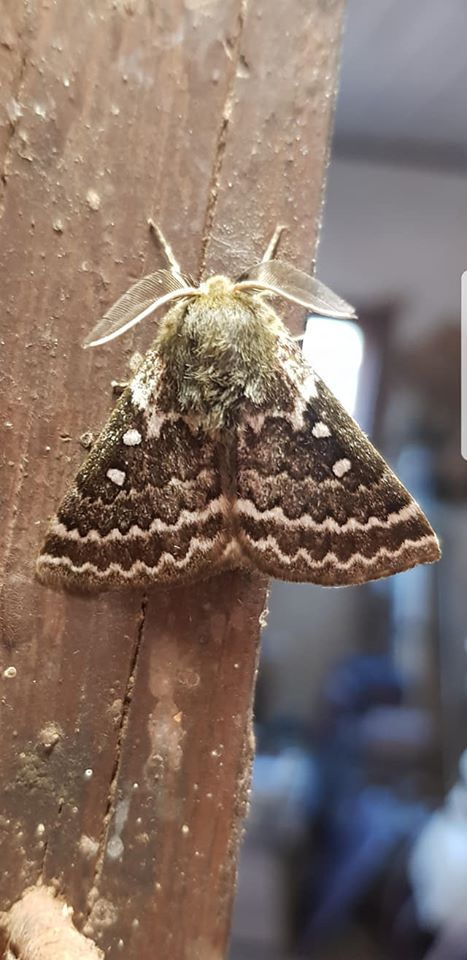
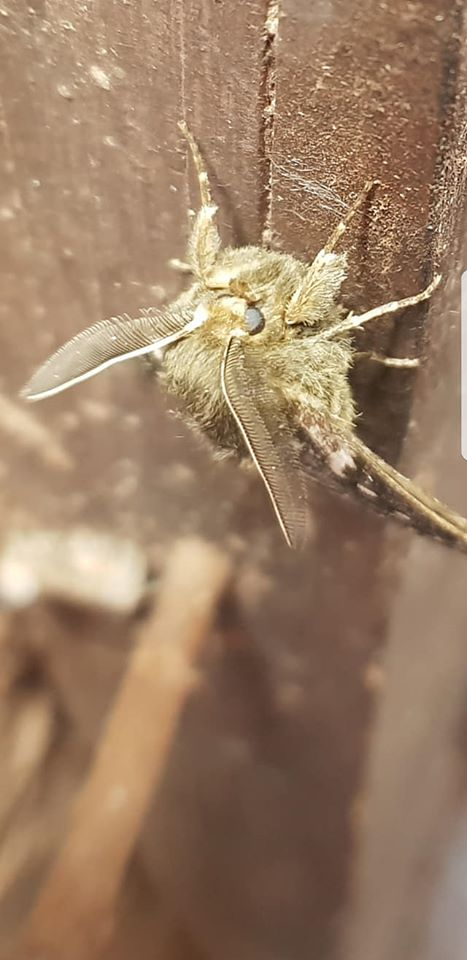
Photos by Wayne Jeffree in Galga, South Australia.
Anthela basigera is superficially similar to Anthela denticulata, Anthela euryphrica, and Anthela oressarcha, but the four species occur in four different areas of the country - despite the common name this one is not found in Western Australia, but in the southern and south-eastern states.
The larvae feed on various grass species, and are black, with white verrucae, pairs of blue spots along the back, and reddish spots along the sides, and large amounts of white, black and red hair.
#1624 - Saptha libanota
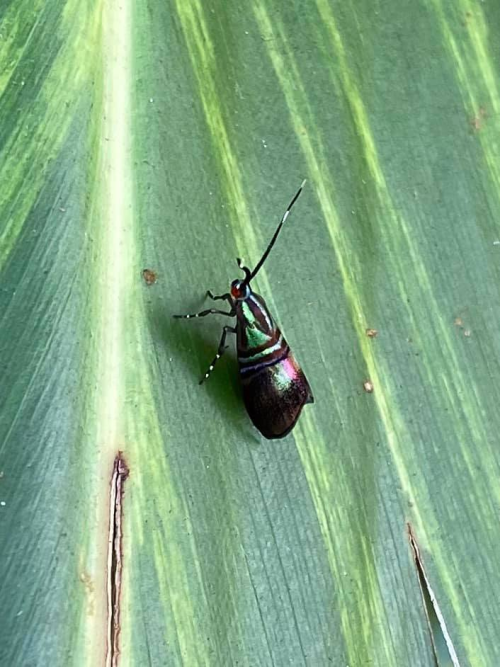
Photo by Benedicte Whitfield in the Cairns Botanical Gardens, Northern Queensland.
AKA Tortyra sybaritis
One of the Metalmark Moths, (Fam. Choreutidae). This particular species is native to Papua New Guinea and northern Queensland, but the foodplant and caterpillar are unknown to science. Other Metalmark species are are known to skeletonise plant leaves, and a few are minor pests.
Metalmarks are often day-flying, and those in the genus Brenthia have eyespots on the wings and are thought to mimic jumping spiders.